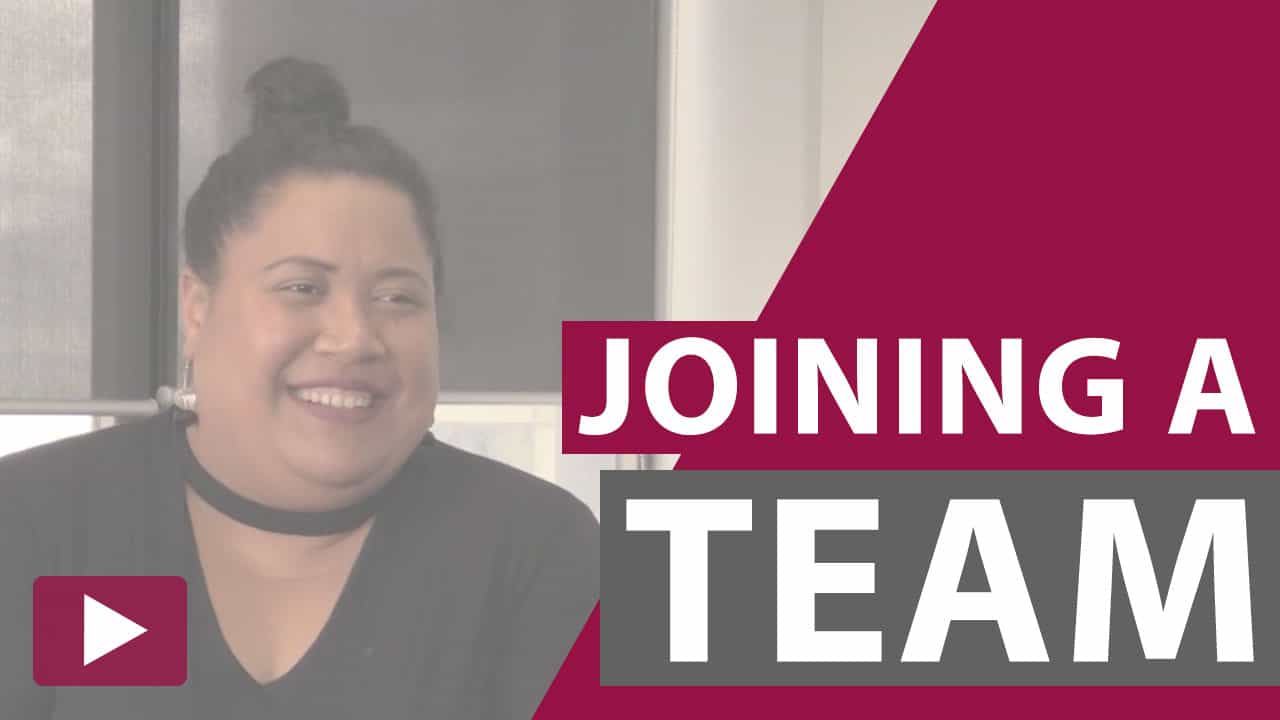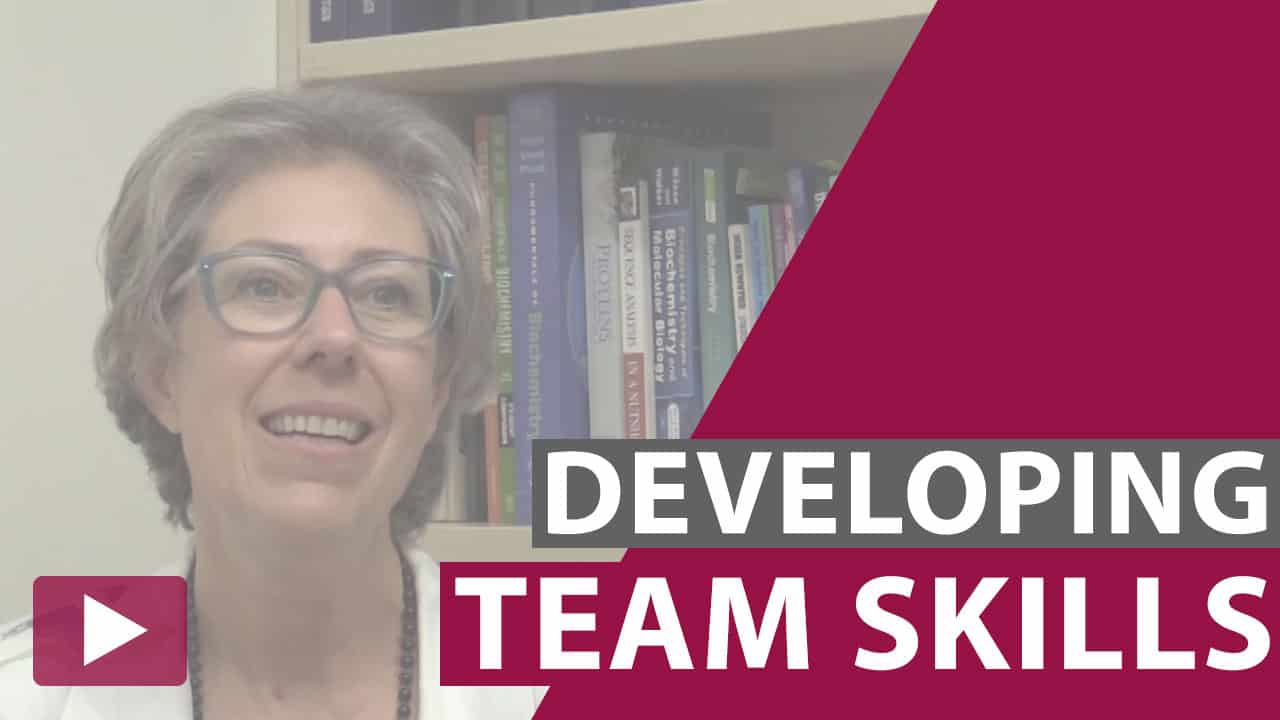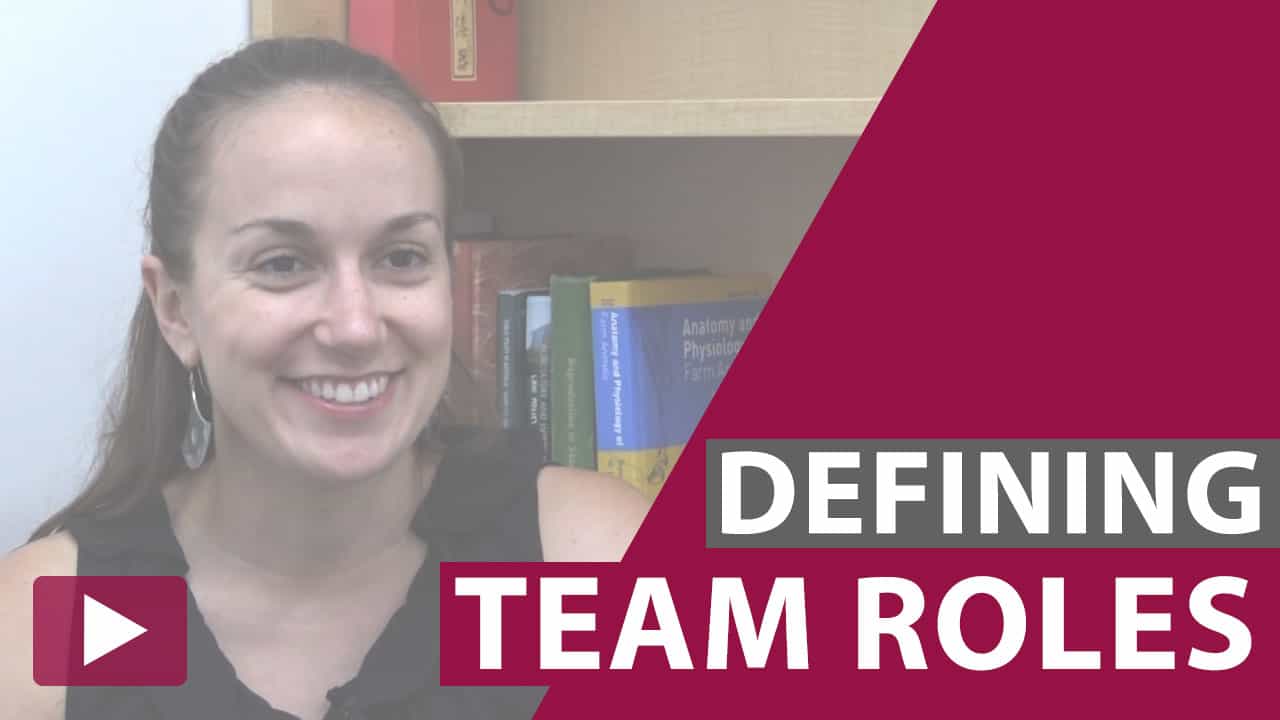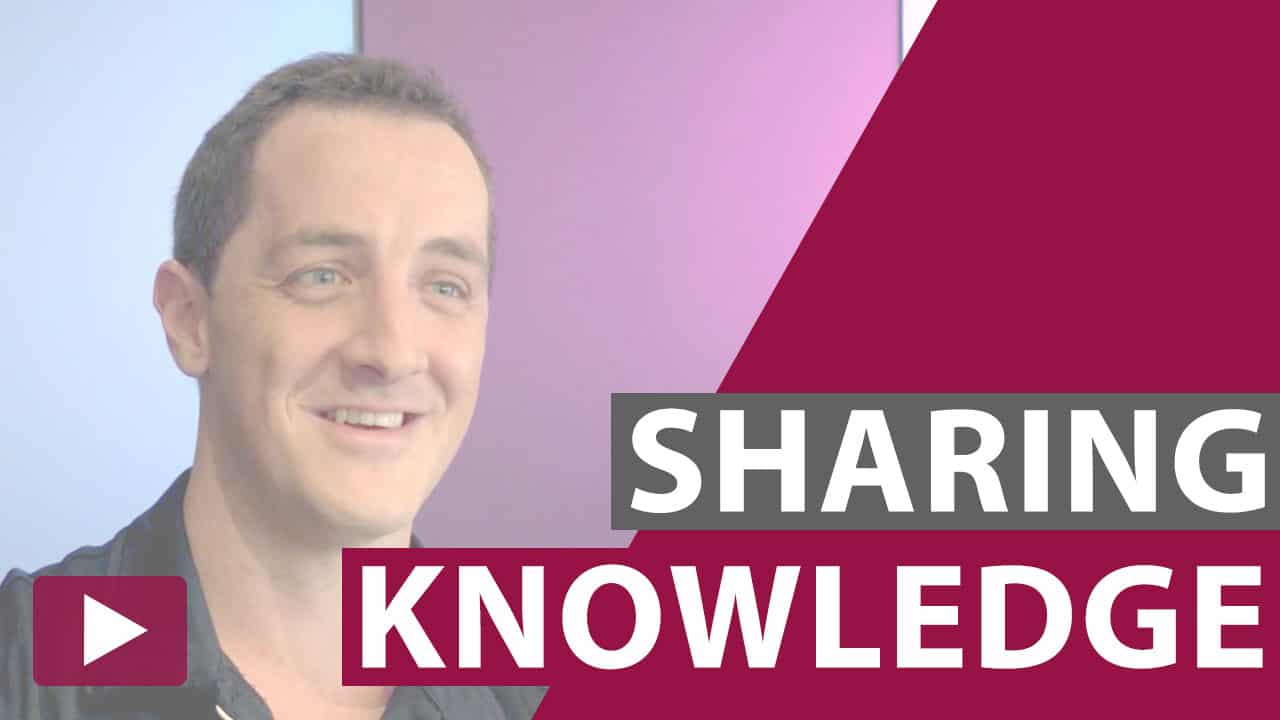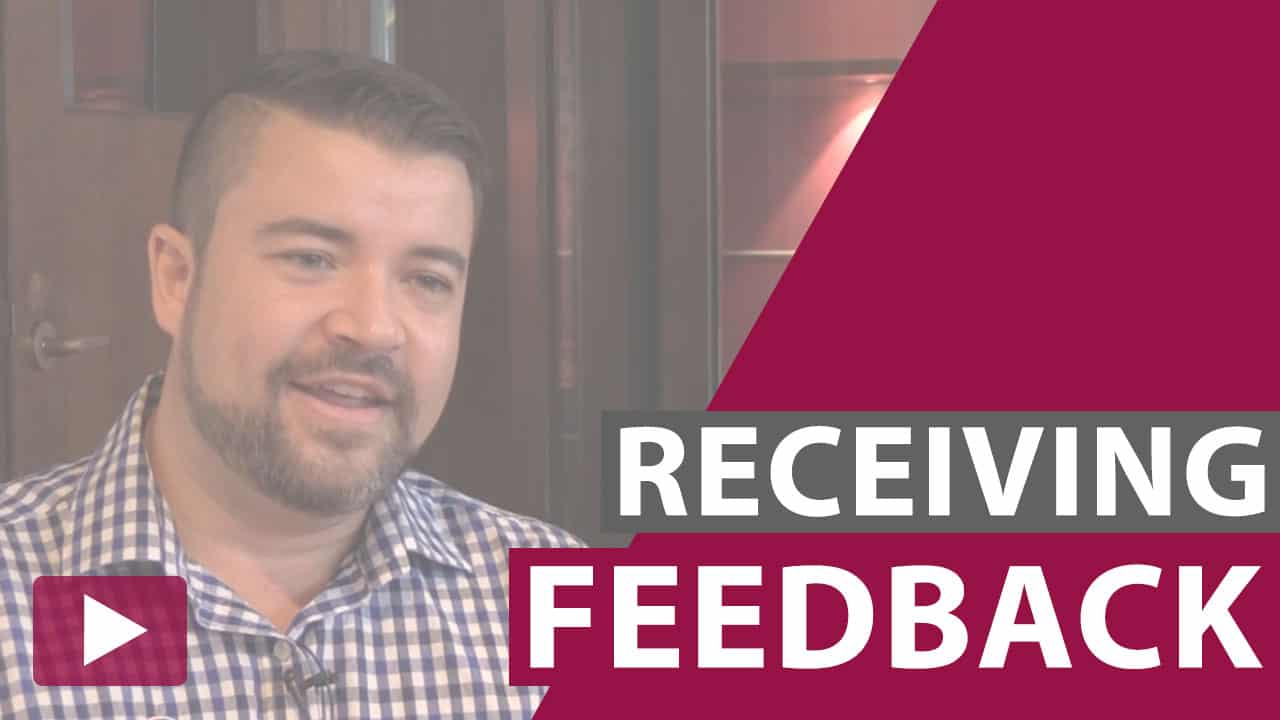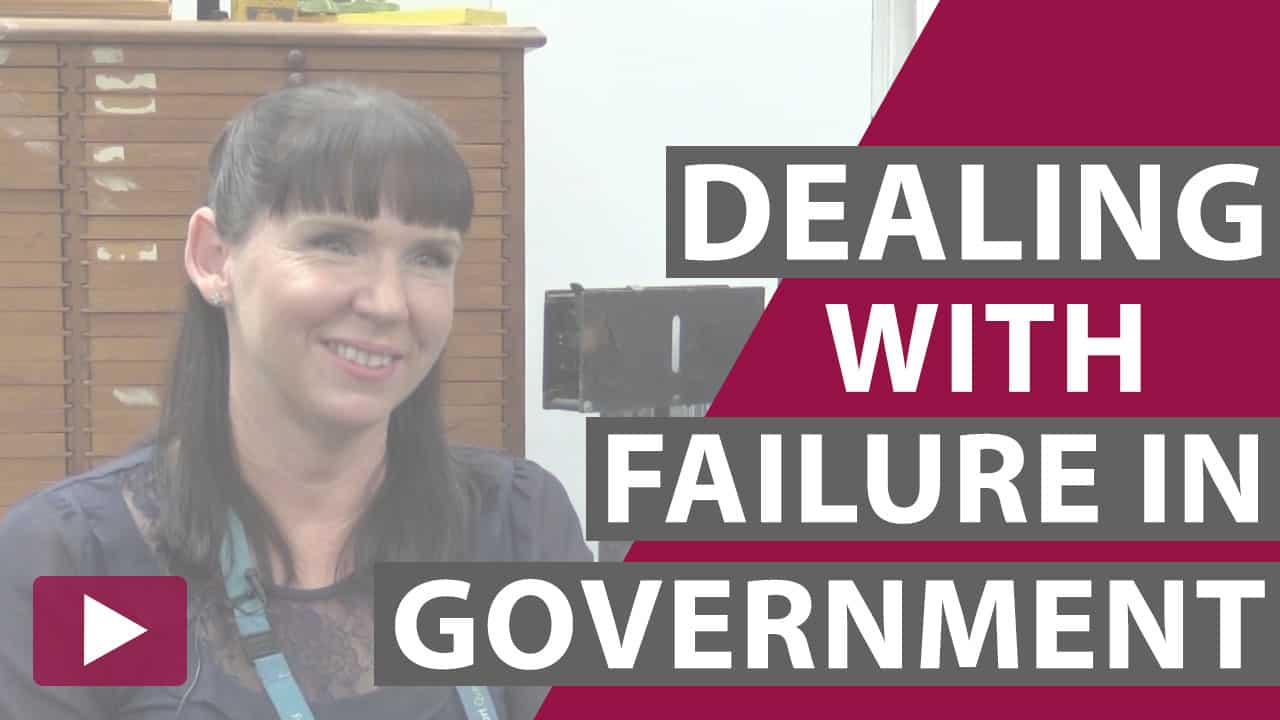Working in a scientific workplace will generally involve being part of a team, but the size, structure, composition, and communication standards of teams can vary considerably. Despite this variability, effective and respectful communication remain critical aspects of all functional teams.
Your level of independence and communication expectations will change with different teams and projects, so it’s important to be aware of some of the key aspects of teams to ensure you can communicate well within any team you join.
edX MOOC – Teams 101x
The Teams 101x MOOC featuers a wide range of information on working in team, including aspects of team communication. We highly recommend you complete the MOOC, whether you’re still at university or in a workplace.
Hierarchies in teams can be used as a guide for both formal and informal communication expectations. Knowing the structure of a team hierarchy can help to ensure appropriate and polite communication with supervisors and colleagues.
Formal hierarchies
Formal hierarchies are organisational structures that clearly outline a staff member’s role and responsibilities in a team, and who has the authority to influence the actions of another staff member.
As a science graduate entering a scientific workplace, you will most likely be in a situation where you’re at the bottom of the pack when it comes to making decisions. You may be given some independence over your own work but there will generally be supervisors or senior colleagues that will oversee your final output. These senior colleagues will also have decision-making power over administrative matters such as leave applications, expenses, or inductions for using specific equipment.
It’s important to respect these lines of communication because they exist to maintain a whole range of basic standards, including safety, organisation reputation, and financial accounting. Circumstances will be different in each organisation so if you’re not sure whether you need permission to do something, it’s best to check with a colleague or supervisor.
Informal hierarchies
In every team, people will have different educational backgrounds, skills, and abilities, and often informal hierarchies will develop around these unique attributes of team members. For example, a person with a lot of experience in a particular field may manage and provide advice to all other staff members, regardless of seniority. In a mutually respectful manner, an experienced team member may have influence over other staff, despite not being recognised in a formal hierarchy.
These types of hierarchies may not be part of a formal organisational structure but they can be really important for team coordination and cooperation. Strong, effective, and creative teams take advantage of diversity, and value the knowledge and experience of individual team members. The best team members will willingly share information with both junior and senior colleagues, and respectfully communicate with each other for the overall benefit of the team.
In informal hierarchies, respectful communication is essential for team cohesion. Information and instructions should be able to flow between junior and senior colleagues (in both directions) without team members getting offended at being given suggestions or directions for a certain task. You should approach every conversation with team members as a learning experience and, even if a colleague isn’t your supervisor, respect that they may have a greater knowledge than your own in a particular area.
The communication standards or expectations of teams in scientific workplaces will vary depending on the people you’re working with and the types of tools used to communicate with each other. Some workplaces will rely heavily on email whereas other will have more face-to-face interactions.
Communication in teams should always aim to maximise efficiency and make the team stronger through supporting colleagues, sharing information, providing feedback, and demonstrating acceptance of diversity. The best communicators in teams will have a good understanding of how their communication activities will be received by other team members. Unfortunately, not everyone will be a great communicator and there may be times when you have to adapt to a colleague’s or supervisor’s communication quirks.
In some situations it won’t be appropriate to share your views. To reduce potential conflict in a team, if a person’s communication activities are causing only a minor inconvenience, it may be easier to adapt to a person’s communication preferences rather than trying to change them.
Addressing communication problems
For situations where a colleague’s or supervisor’s communication activities are causing problems for you or the team, you may want to talk to the person about how their communication could be improved.
Example 1
A person that prefers emails over face-to-face conversations may be causing delays because it takes several emails throughout a day to reach a conclusion. In this situation, you could suggest that it would be more efficient to simply come by your desk and have a conversation.
Example 2
A person that frequently holds meetings with no agenda. The meetings rarely achieve anything and simply waste everyone’s time. A potential solution to this situation would be to suggest that agendas are written and followed for each meeting.
Cultural differences
Having a degree (or multiple degrees) in a scientific field can open up employment opportunities all over the world. As a result, scientific workplaces in research organisations, government departments, and private enterprises can be comprised of people from many different cultures. While cultural diversity in a workplace provides many strengths for a team, differences in communication styles or expectations between team members can cause problems that may lead to conflict.
Culture can influence communication in different areas, including verbal communication, written communication, and non-verbal communication.
For example, culture may influence:
- Use of eye contact
- Gestures
- Personal space expectations
- The willingness to question a superior
- Assertiveness.
Communicating with empathy
This comes back to the key aspect of communication—knowing your audience. You’re not expected to have a complete understanding of all the cultures of the world, but you will need to understand that communication differences do exist, and be able to analyse situations where communication may have failed or led to conflict.
The key to working well with people from different cultures is communicating with empathy. This simply means that you should be aware of how you’re communicating with another person and recognise that how you communicate could make them react in an unexpected manner—not necessarily because they’re an awful person but because they’ve been raised with different communication standards.
Resolving conflicts
If communication problems do arise, you should be proactive in resolving the situation. Talk to the person involved and try to determine the root cause of the issue. If the cause is a cultural difference, sometimes simply knowing about each other’s communication expectations is enough to restore the working relationship.
UQ Global Experiences Program
Want to experience another culture? The UQ Global Experiences Program can facilitate exchange programs and other short-term experiences while you’re at university.
How to fit in when you join an overseas lab
A look at how culture can have an impact when joining a scientific workplace.
edX MOOC – Communicating in a global context
If you’d like to learn more about cultural communication differences, we encourage you to complete the following free MOOC on communicating in a global context.
Communication technology
There are some really great tools available for communicating within a team and working collaboratively. When you begin new job you will generally be introduced to the different technologies that a workplace uses and provided with some guidance on how to use them effectively.
One of the most important tools used in scientific workplaces is Microsoft Outlook. If you’re not familiar with MS Outlook, this tutorial will give you a brief overview of managing emails and calendars.
UQ Digital Essentials – communicating and collaborating
The University of Queensland’s Digital Essentials resource has some great information on communicating online and includes links to tutorials on some of the more popular programs used for communicating in teams.
When you’re new to the workplace, dealing with failures can be a daunting experience. A failure caused by something that you’ve said or done can have an impact on your reputation and, depending on the situation, your employability. Although the circumstances will vary, an effective team will deal with failures in a constructive manner and treat it as a learning experience and an opportunity to improve.
Failure as a learning experience
In scientific workplaces, particularly those involving research, failure is an inherent part of the scientific process. The sooner you embrace failure and learn to talk about it with colleagues and supervisors, the sooner you will be able to critically reflect on the experience and learn how to improve a particular process or your behaviour. Embracing (not encouraging) failure when it occurs will make you a better scientist and a better team member.
Formal process
In some workplaces that involve regulation around safety or patient data, a failure may need to be addressed with a formal process. These processes are not necessarily in place to find someone to blame, rather they highlight areas that could be improved to reduce the likelihood of a failure or mistake occurring in the future.
Useful resources
How failure benefits science
Failure is an essential part of the scientific process, but researchers can often struggle to come to terms with repeated knockbacks. Learn how scientists have made their failures work for them and why defeat is not always damning.

Conflict is a common feature in teams and can range from a low level irritation that is easily managed, to major arguments that eventually produce an unsustainable, toxic working environment.
In scientific workplaces (despite stereotypes of scientists being highly rational and logical), conflict can occur for a variety of reasons, but we’ll classify the reasons into two broad categories: work-related conflict and personal conflict.
Do you know how to argue?
It’s worth watch the following videos that give a brief overview of different types of arguments and how to argue from a philosophical point of view.
While knowing the technical aspects about arguments can be really helpful, it’s essential that you reflect on how you communicate your arguments and listen to other people’s arguments. Even if you’re technically correct, if you’re arrogant or rude towards other people you will cause unnecessary conflict.
Regardless of the reason for the conflict, you should aim to use communication that minimises conflict and impact for you and your team.
Work-related conflict
Work-related conflict is not always a negative event that needs intervention. Colleagues that have conflicting views over the best way to approach a work-related problem can have a civilised argument where both pros and cons are discussed.
In an ideal situation, the colleagues will have the interests of the team and the organisation in mind, and want to find the best solution. These types of conflicts can be healthy for an organisation as they can critically analyse situations and determine the best solutions to problems.
Personal conflict
Sometimes work-related conflict will escalate into personal conflict if respectful communication isn’t maintained. Personal conflicts in the workplace should be avoided whenever possible because they can be more problematic and difficult to resolve. Conflicts that arise because of a colleague’s behaviour or communication style, may not be receptive to logical arguments and, if not managed carefully, criticism of a colleague for their behaviour may be received as a highly confrontational and disrespectful personal attack.
In personal conflict situations, polite and respectful communication is the best tool you can use. Always keep the purpose in mind. What do you want to the outcome to be? How could the conflict be resolved?
No resolution
In both work-related and personal conflicts, if no resolution can be reached, talking to a supervisor or senior colleague is usually a good way to get the problem resolved.
edX MOOC – Teams 101x
The Teams 101x MOOC features some great ways to prevent or resolve conflict within teams. We highly recommend you complete the MOOC, whether you’re still at university or in a workplace.
